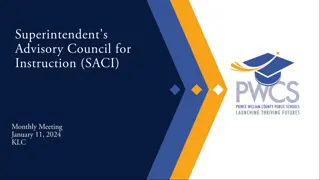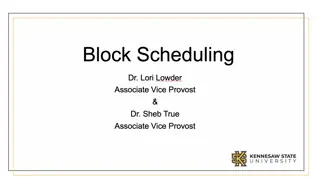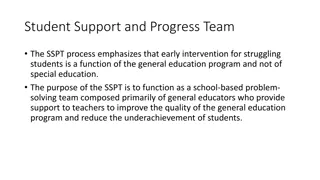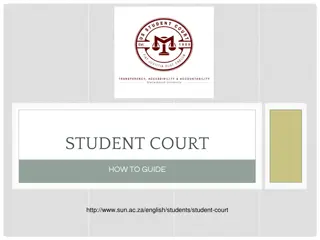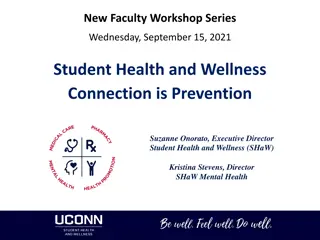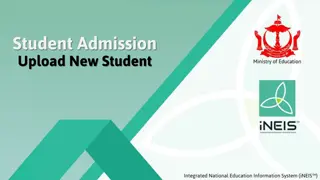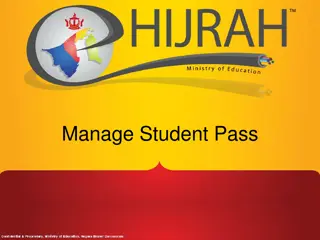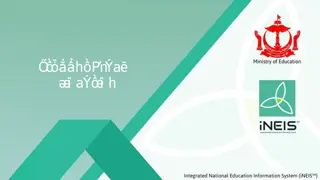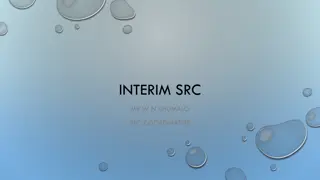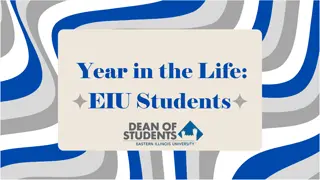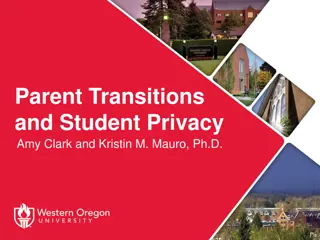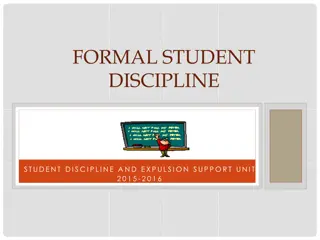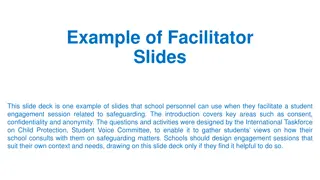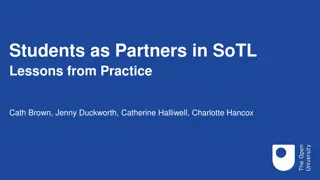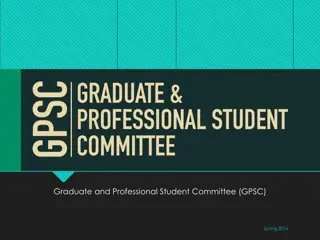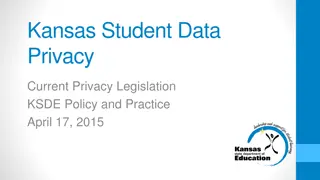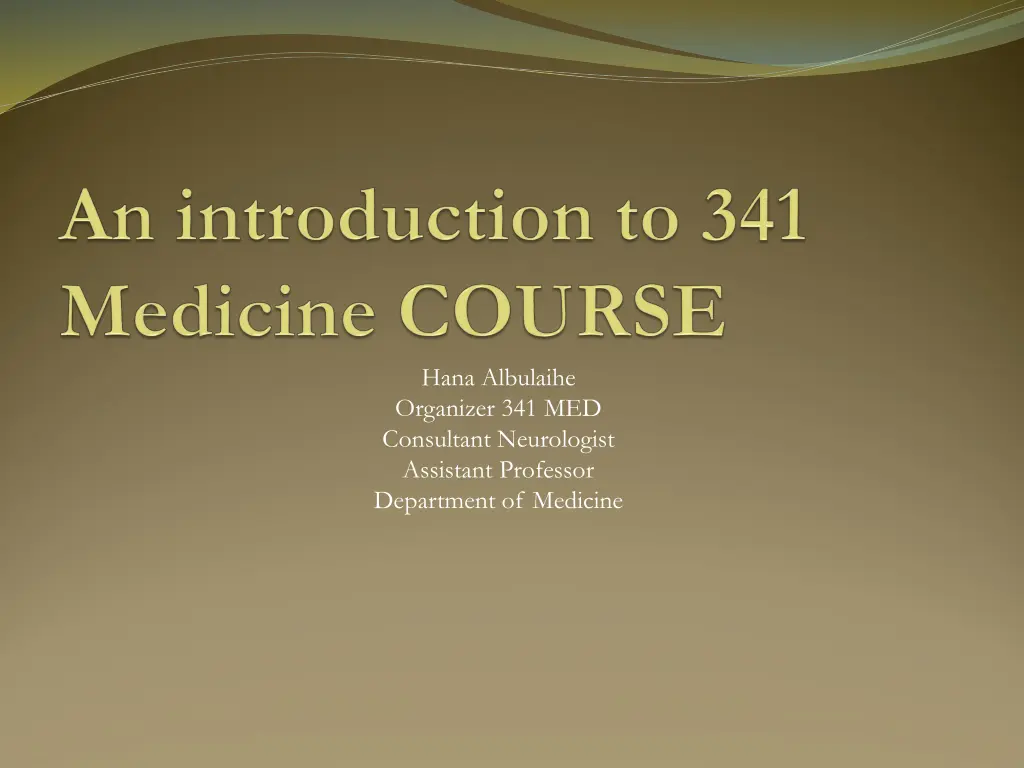
Clinical Evaluation and Management Course Overview
"Learn about the 341 MED course focusing on clinical evaluation and management, covering skills like history-taking, differential diagnosis, and treatment planning. Dive into lectures, bedside teaching, and clinical sessions to enhance medical skills and knowledge."
Download Presentation

Please find below an Image/Link to download the presentation.
The content on the website is provided AS IS for your information and personal use only. It may not be sold, licensed, or shared on other websites without obtaining consent from the author. If you encounter any issues during the download, it is possible that the publisher has removed the file from their server.
You are allowed to download the files provided on this website for personal or commercial use, subject to the condition that they are used lawfully. All files are the property of their respective owners.
The content on the website is provided AS IS for your information and personal use only. It may not be sold, licensed, or shared on other websites without obtaining consent from the author.
E N D
Presentation Transcript
Hana Albulaihe Organizer 341 MED Consultant Neurologist Assistant Professor Department of Medicine
Objectives Introduction Aim Structure Evaluation Attendance Recommended references
Introduction 341 MED is a longitudinal 10 hour credit course. Along with the 351 surgery course they both are probably the most important 2 clinical courses in medical school. A very busy and tight schedule of other courses has prevented students from concentrating on our course. The increasing number of students is probably the most important and difficult factor affecting the quality of teaching delivered by our department.
Aim The aim of this course is to teach students the art of clinical evaluation and management. This includes developing the skills to be able to: 1) Take a detailed targeted history. 2) Perform a complete clinical examination. 3) Generate a differential diagnosis of the active problem. 4) Choose the appropriate type of investigation to identify the right diagnosis and its severity. 5) Form a management plan for every identified problem.
Structure The course consists of a theoretical and clinical part. Each week 1-3 lectures and 2 clinical sessions are delivered by the department over 32 weeks (excluding holidays and exam weeks).
Structure The theoretical part includes 67 lectures distributed on all subspecialties. The clinical teaching consists mainly of basic history taking, basic technique of different system examinations and definition and identification of physical findings. 25 Bed side teaching sessions 15 Case based learning sessions
Lectures It is only a guide for reading and understanding the topic Objectives of each lecture will be provided. All the topics that are discussed in the lectures or CBL are included in the exam.
Bedside teaching Traditional: it is by far the most important activity in your medical school. Many problems surround this activity and prevent students from getting the maximum benefit. The secretary, course organizer and the chairman of medicine are working hard to solve problems arising. Students are expected to prepare 2 cases (full history and examination) before each session to get the maximum benefit from the teaching staff.
CBL New: mind storming activity, that depends solely on the amount of preparation before the session. Cases have been chosen and prepared accurately to deliver specific teaching points. Students should generate other cases and discuss them with each other and with the teaching staff.
Evaluation No. Examination Proportion of Final Assessment 25% Midterm written examination 1 15% Long case examination 2 30% Final written examination 3 30% Final OSCE 5
MCQs Brand new group of well structured MCQ s following the blue print of the department of medical education. All questions will be best answer of 4 options. Questions are not confined to the lectures presented. A list of diseases and topics that are included in the exam are in the student guide.
Long Case This assessment test is characterized by incorporating the knowledge and skills acquired during the lectures and clinical session. There will be no midterm OSCE. The long case will be 4-6 weeks prior to the OSCE.
OSCE Focused history taking and clinical evaluation are tested Simulators and mannequins will be used in the exam. 16 stations: - 8 active (4 targeted history) and (4 clinical skills) - 8 rest The duration of each station is 7 minutes There will be no negative marking.
Issues & Attendance During the course you can communicate with the secretary course Mr. Ronaldo Eulin (extension 71497) (email: medcourse341@gmail.com) in case of any problems. Electronic In case of manual attendance it should be submitted to Mr. Ronaldo by the group leaders directly after the lecture or session. Please don t contact any of us through mobiles (except for group leader). If a tutor doesn t show up in the first 10 minutes report to Mr. Ronaldo immediately. Lecture rescheduling should always be through the secretary.
Recommended References Theory: - Davidson's Principles and Practice of Medicine, 22st Edition - Kumar and Clark's Clinical Medicine, 8th Edition Bed side teaching: - Nicholas Talley and Simon O Connor. Clinical Examination, 7thEdition - Macleod s Clinical Examination, 12thEdition - Bates' Guide to Physical Examination and History-Taking 11thEdition
We wish all of you the maximum benefit and a very enjoyable time during the course


